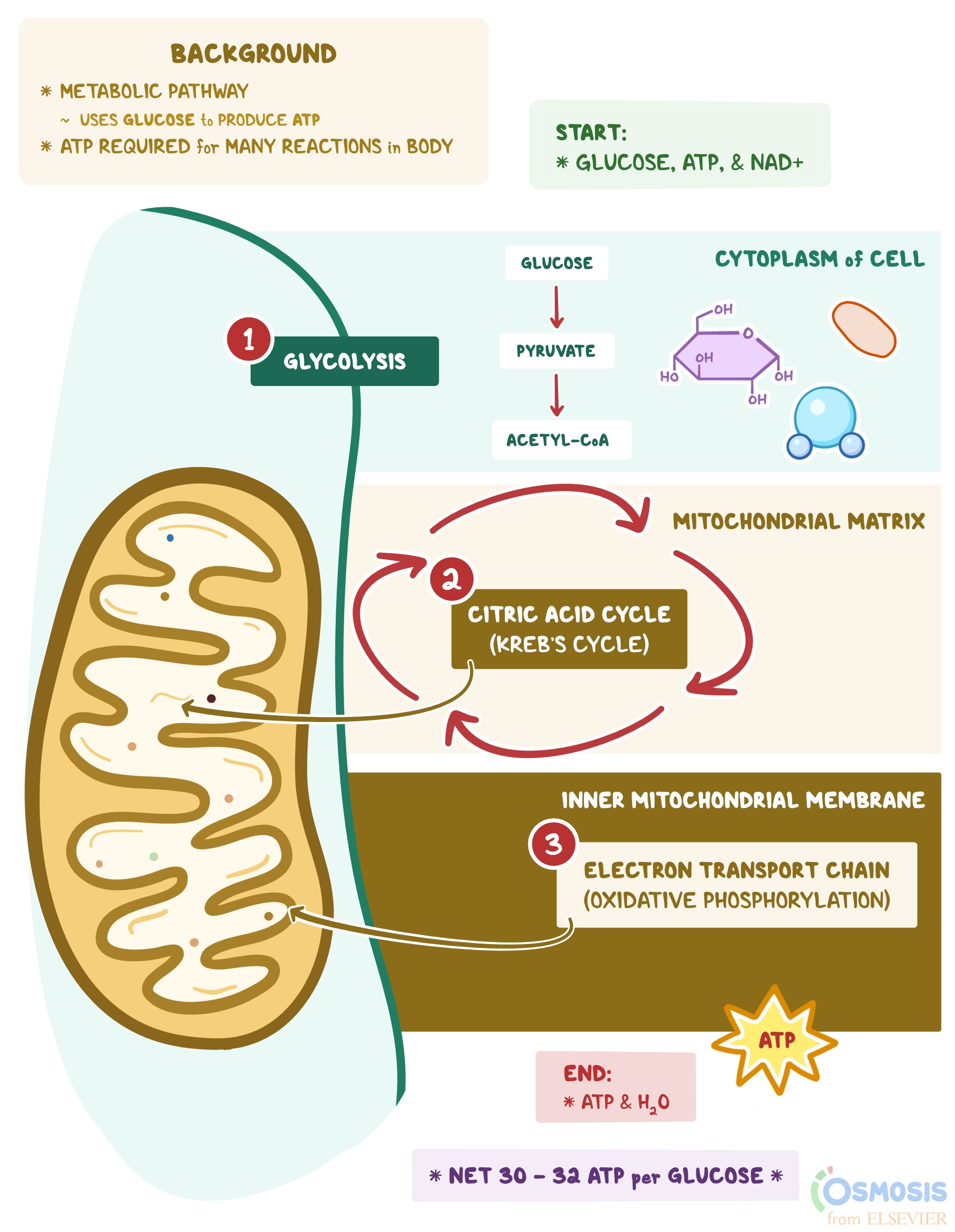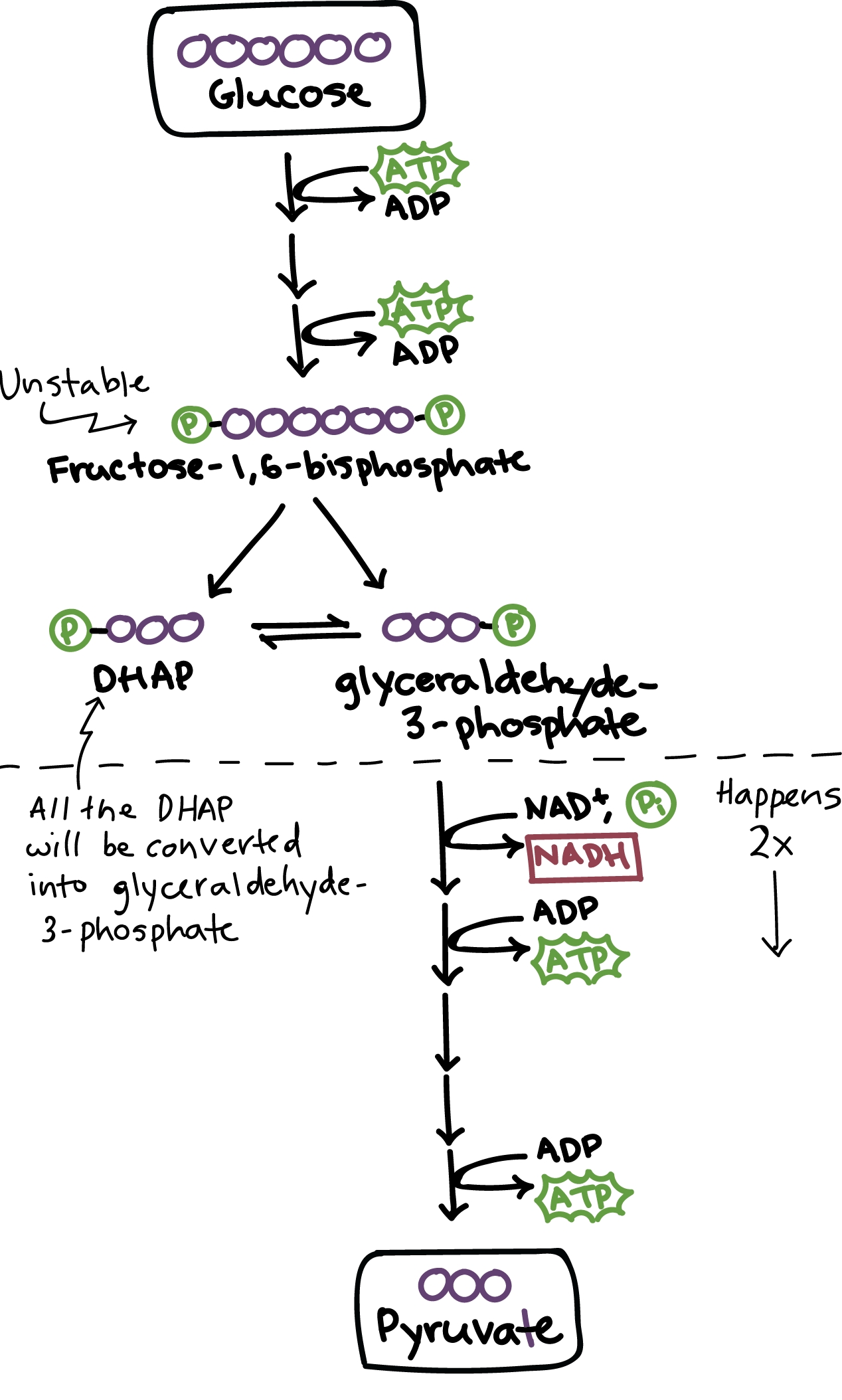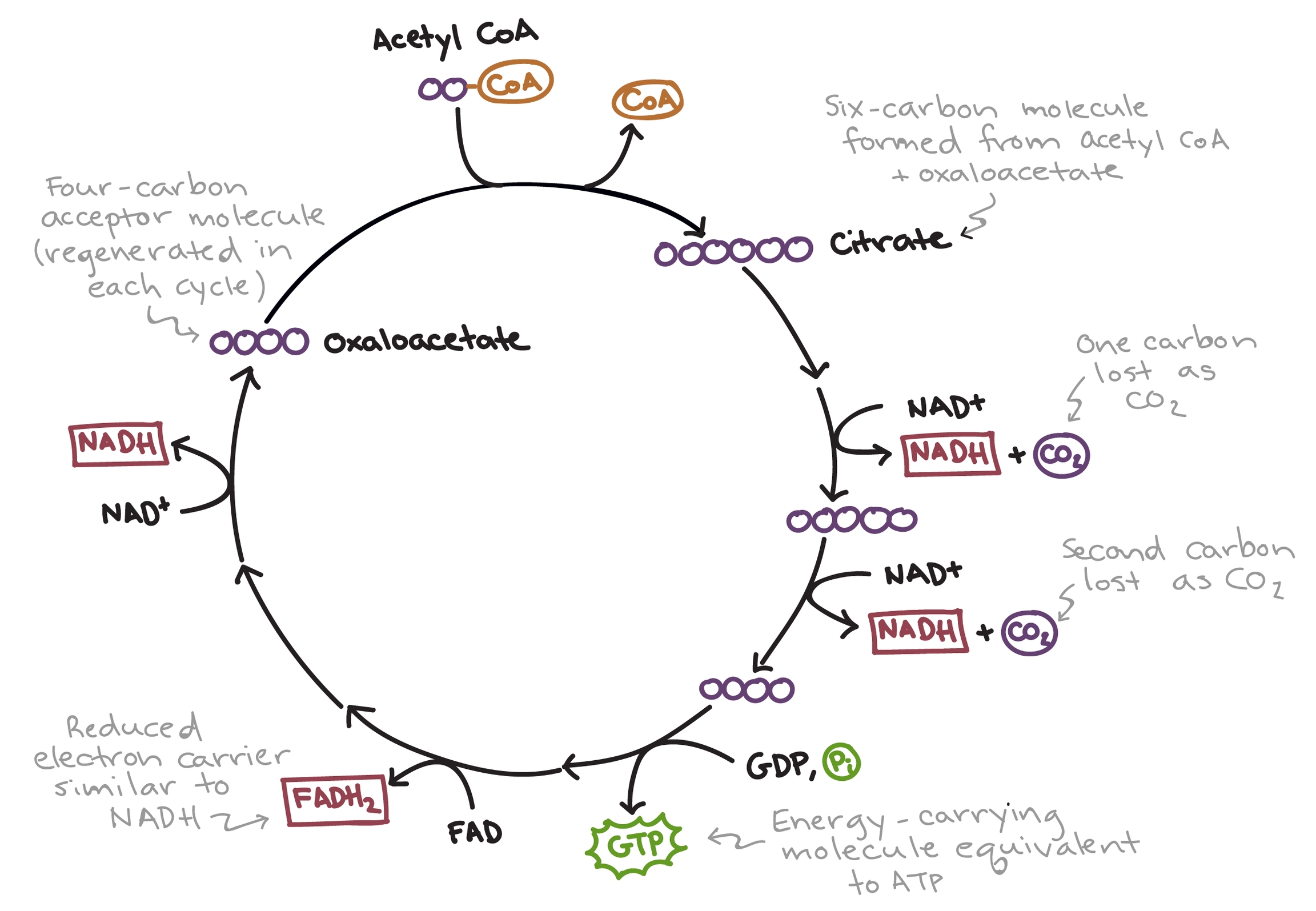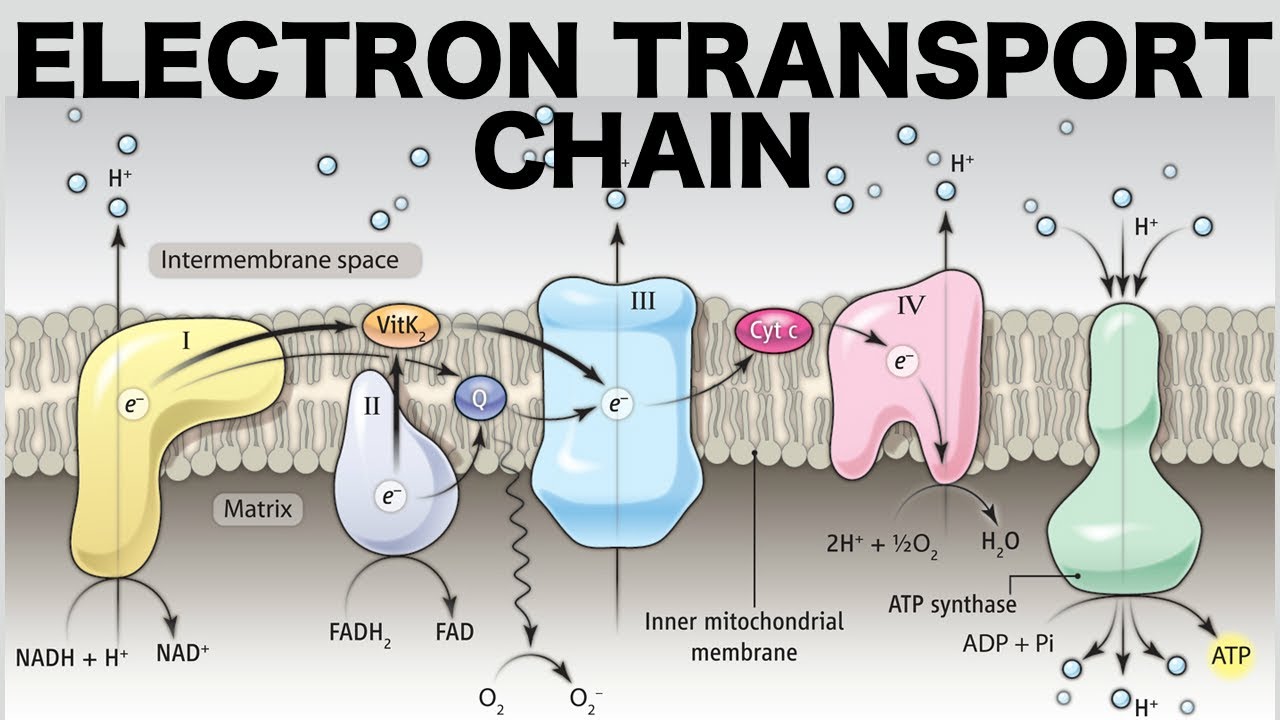1.1 Basic Biology Review
Amino Acids & Proteins
AA structure
Central carbon surrounded by an amino group (H2N), a Carboxylic acid group (O=C-OH), an H, and a unique side chain
r -group
Methyl groups
AA Types
Humans use about 20 AAs
Essential, conditionally essential, Nonessential
Steps of Protein synthesis
Transcription - genes are copied into mRNA
mRNA built by RNA polymerase
mRNA leaves nucleus and goes to ribosome
Translation - mRNA turned into a protein
each codon of three bases codes for a specific AA
tRNA caries an amino acid and matches the anti-codon of three bases with the mRNA
Peptide bonds - bind AAs together to form proteins
ribosome moves along the mRNA until a complete chain of AAs is formed
chain of AAs folds up to form protein
Cellular Respiration (Aerobic)

Glycolysis
glucose is converted into pyruvate
Net yield +2 ATP
pyruvate converted to acetyl CoA

Krebs Cycle / Citric acid
CO2 & +2ATP
Acetyl CoA broken down further into citric acid
Citric acid is oxidized and energy is used to bind ADP and phosphate to make ATP and electron carriers (NADH & FADH2)

Electron Transport Chain
electrons used to create proton gradient to pump protons across membrane
Chemiosmosis - ATP synthase enzyme creates ATP
+34 ATP

Other
Proteolysis - the process by which proteins are broken down by HCL, pepsin & other digestive enzymes
Last updated